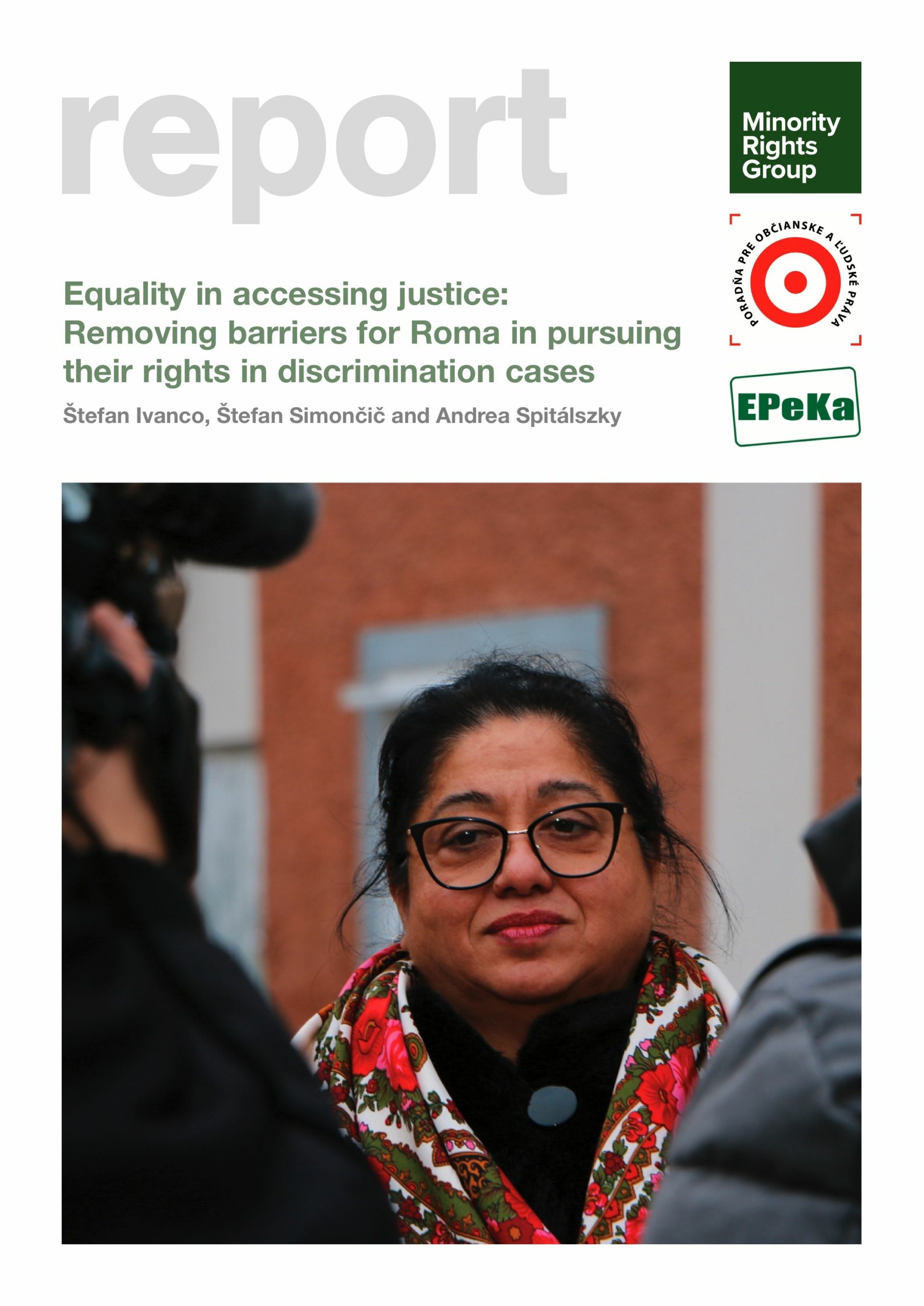Roma in Slovenia
Updated June 2015
£15/month
Related content
Reports and briefings
-
6 March 2024
Equality in accessing justice: Removing barriers for Roma in pursuing their rights in discrimination cases
This report provides an overview and insights into discrimination faced by members of Roma communities in Slovenia and Slovakia, and…
Events
-
 Video on demand
Video on demand 9 August 2021 • 3:00 – 5:00 pm BST
Stanislav Tomáš and the plight of European Roma – Gwendolyn Albert
In June 2021, Stanislav Tomáš, a Romani man in Teplice, Czech Republic, died after several police officers pinned him to the ground and…
-
Our strategy
We work with ethnic, religious and linguistic minorities, and indigenous peoples to secure their rights and promote understanding between communities.
-
-

